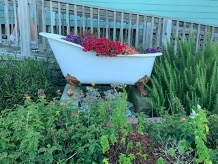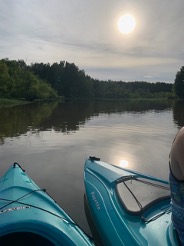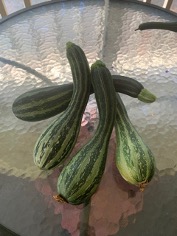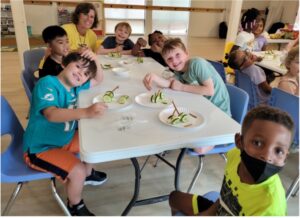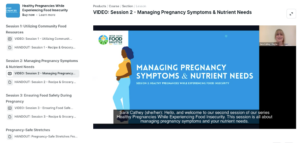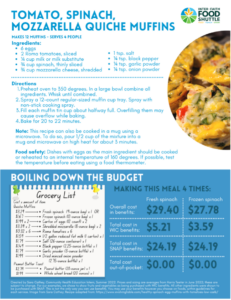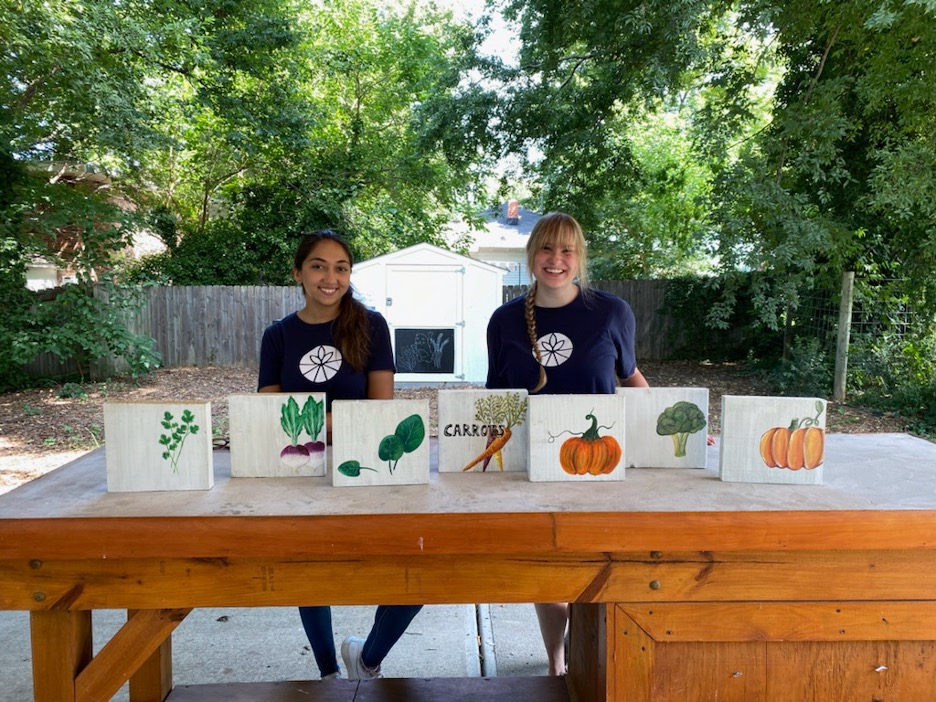
Wrapping up the summer, I feel exhausted but fulfilled and excited to put the work of this summer into use in the future. These past months have been filled to the brim with various projects, the largest of which of course being my practicum project, but also my Haitian Creole (kreyòl) courses and my work with the Humanitarian Health Initiative.
There are a million and one things I would like to say about my practicum, and what I’ve found researching the barriers, risks, and social determinants related to poor sanitation in the United States. I would like to rail against the injustice that is a high-income country that allows millions of residents to rely on, for example, straight pipes, the system by which waste is directly conveyed, untreated, onto adjacent land or into nearby surface water (though, to be clear, the United States is not the only high-income country home to such methods.) I would want to highlight how many communities lack safe sanitation, a basic human right as delineated by the United Nations Resolution 64/292 (and common sense), because they are afraid of revealing their documentation status; how many communities of color still lack municipal water and sewer services due to under-bounding, the municipal annexation equivalent of red-lining, even though, in some cases, water and sewer pipes run through their neighborhoods to serve majority white neighborhoods.

But if I had to select a single thing (and, really, I don’t, because I’m currently writing a literature review on these barriers, risks, and social determinants!) it would be that there are indeed sanitation issues in the United States. In my readings, I came across a quote from a law review, that states: “indoor plumbing and sanitation are taken for granted in developed countries. … approximately 43 million Americans are in rural areas unconnected to public supply systems, but are nonetheless able to rely on clean water … and utilize on-site sewage facilities such as septic tanks for sanitation” (Hartley & Van Meter, 2011). This is an all-too-common misconception. Millions of Americans simply cannot “rely on clean water” and safe access to sanitation. In fact, Catherine Coleman Flowers, an eminent environmental justice advocate, calls the state of sanitation in areas of Alabama “the final monument of the Confederacy.” And lack of safe sanitation will become an increasingly pressing problem as climate change increases flood risk and incidence, leading to septic tank malfunction and increased spread of possible pathogens in flood waters. This is an issue that can no longer be ignored by various levels of government, by public health professionals, by our nation as a whole. I look forward to continuing this work as an Environmental Justice Graduate Research Fellow with the UNC Institute for the Environment this upcoming academic year.

Other than compiling this work, I’ve enjoyed my six weeks of Haitian Creole (kreyòl) classes through the Florida International University, where I had the amazing opportunity to take basic and intermediate kreyòl and a course on Haitian culture (kilti Ayisyen). I hope in the future to visit Haiti (Ayiti) and work with community-based organization working to address the environmental justice and sanitation issues wrought by centuries of colonization and US occupation. And, finally, I’ve loved getting to know some North Carolina lakes! See y’all in the fall, or, in kreyòl, n a wè talè!
Amy

